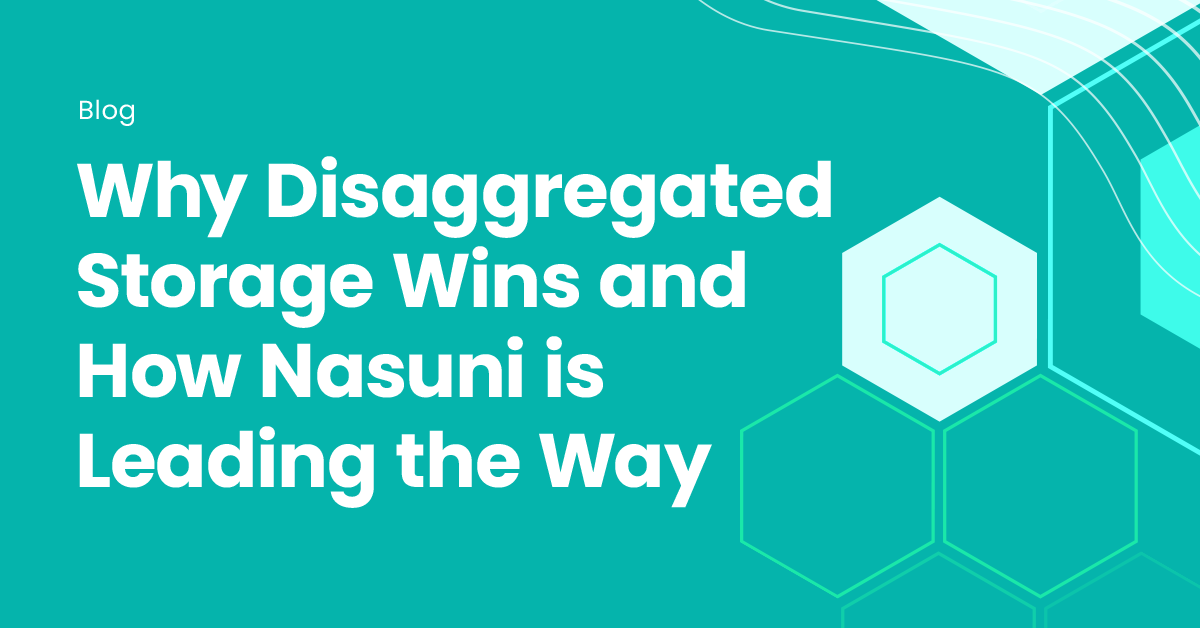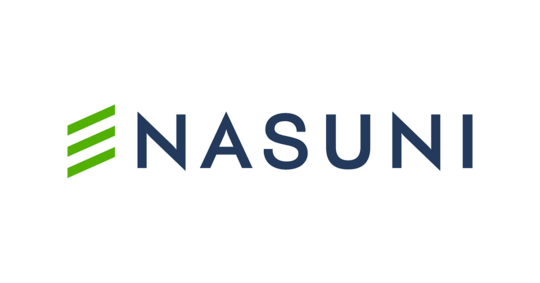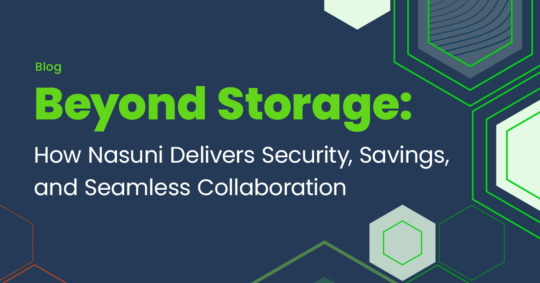Why Disaggregated Storage Wins and How Nasuni is Leading the Way
Nasuni VP of Strategy and Field CTO John Capello shares his thoughts on a recent discussion around disaggregated storage.
March 27, 2025 | John Capello

According to a recent TechTarget article the evolution of storage is clear — disaggregation is the way forward. Simon Robinson, an analyst from Enterprise Strategy Group (ESG), notes that traditional storage architectures are increasingly giving way to more flexible, scalable, and efficient models that can support modern enterprise needs.
At Nasuni, we couldn’t agree more. In fact, we’ve embraced this shift from the very beginning, building a cloud-native architecture that is disaggregated by design. Before we dive in, however, let’s first talk about what disaggregated storage is and what it means for enterprises trying to manage significant data sprawl.
What is Disaggregated Storage?
Disaggregation in storage refers to separating compute resources that manage storage from the storage capacity itself. This is distinct from traditional architectures, where storage performance (IOPS) and capacity are tightly coupled. In systems like NetApp, for instance, increasing performance requires adding more storage capacity, and vice versa. Disaggregated storage removes this constraint, enabling enterprises to scale performance and capacity independently.
While networking is often mentioned alongside compute and storage in disaggregation conversations — especially in the context of hyperconverged infrastructure (HCI) — the core benefit of disaggregated storage is about decoupling the control (compute) layer from the storage layer.
Metadata: The Secret Sauce
A key enabler of disaggregated storage is metadata storage and management. In his article, Robinson points out that any AI-oriented storage architecture must effectively manage not only data storage tasks, but also metadata and related operations. This suggests enterprises should look for industry solutions that store metadata separately from file data, allowing them to deliver targeted performance through intelligent access points. This metadata-first architecture lets organizations retrieve and process information efficiently, creating new possibilities for performance optimization.
Nasuni: Disaggregated by Design
While many storage vendors are now working to retrofit their systems to align with a more disaggregated future, Nasuni was built on this principle from day one. Our cloud-native, unified file data platform separates storage capacity from the performance layer, providing a solution that enables:
- Independent Scalability – Scale performance or capacity as needed, without requiring changes to the other. Need more IOPS? Just spin up an additional edge appliance.
- Targeted Performance – Our unique metadata architecture enables specific access points to be optimized for different workflows. One edge can handle high-performance metadata scans, while another manages steady data ingest — all within the same file system.
- Cost Efficiency – By separating control from capacity, you only invest in the performance and storage you need. No need to over-provision.
- Modern Deployment Flexibility – Nasuni’s architecture supports hybrid cloud, multi-cloud, and on-prem environments without the limitations of legacy storage stacks.
Why Disaggregation Matters More Than Ever
As enterprises grapple with explosive data growth, increased demand for analytics, and a need for infrastructure modernization, legacy storage models are falling short.
If industry experts are right, disaggregation is more than just a trend — it’s the new standard. With Nasuni, you get a best-in-class solution that has been built for the future from the start, giving you the advantage and support you need to continue to grow efficiently, perform intelligently, and protect confidently.
Want to learn more? Schedule a demo today.
Related resources

Hybrid Cloud Architecture Platform
The Nasuni File Data Platform simplifies enterprise hybrid cloud architecture. Gain agile storage, infinite scale, and better access for users everywhere.
Learn more
eBook
The New Imperative: Future-proof Your Business with Hybrid Cloud Storage
The time has come to stop buying storage arrays and servers! IT leaders need to look at file data delivery from a platform perspective to provide…
Learn more
February 18, 2025 | Nasuni
Beyond Storage: How Nasuni Delivers Security, Savings, and Seamless Collaboration
Learn how the Nasuni File Data Platform delivers business resilience, cost savings, IT efficiency, and employee productivity.
Read more